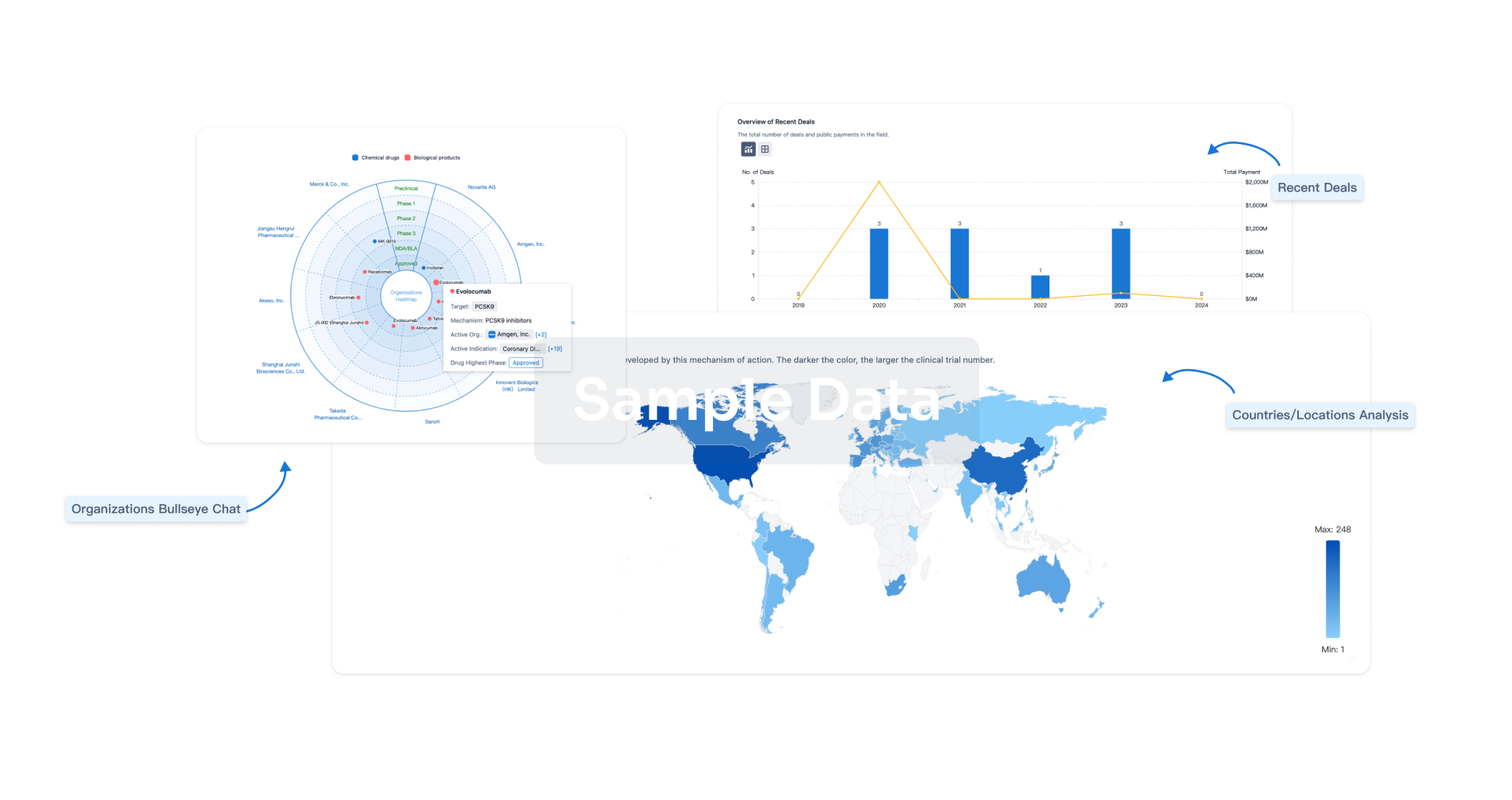Request Demo
Last update 08 May 2025
LHFPL2
Last update 08 May 2025
Basic Info
Synonyms KIAA0206, LHFPL tetraspan subfamily member 2, LHFPL tetraspan subfamily member 2 protein + [2] |
Introduction Plays a role in female and male fertility. Involved in distal reproductive tract development. |
Related
100 Clinical Results associated with LHFPL2
Login to view more data
100 Translational Medicine associated with LHFPL2
Login to view more data
0 Patents (Medical) associated with LHFPL2
Login to view more data
12
Literatures (Medical) associated with LHFPL216 Aug 2023·Aging
A novel hepatocellular carcinoma-specific mTORC1-related signature for anticipating prognosis and immunotherapy.
Article
Author: Zou, Zhilin ; Chen, Erbao ; Lin, Zewei ; Liu, Jikui ; Liu, Jie ; Luo, Ting ; Mo, Yuqian ; Yi, Jing ; Hu, Yibing ; Li, Zheng
01 Jan 2023·International journal of general medicine
TRIM5 Promotes Systemic Lupus Erythematosus Through CD4(+) T Cells and Macrophage.
Article
Author: Pan, Zhaobing ; Xu, Xiaoqing ; Sun, Yao ; Yang, Qiaoshan ; Zhou, Fusheng ; Zhang, Xiaojing ; Wen, Leilei
01 Dec 2021·Annals of the Rheumatic Diseases
Development and initial validation of diagnostic gene signatures for systemic lupus erythematosus
Letter
Author: Zheng, Qing ; Xuan, Jingxiu ; Shi, Guixiu ; Wang, Bin ; Gao, Zhenyu ; Chen, Shiju ; Chen, Rongjuan ; Liu, Yuan
Analysis
Perform a panoramic analysis of this field.
login
or

AI Agents Built for Biopharma Breakthroughs
Accelerate discovery. Empower decisions. Transform outcomes.
Get started for free today!
Accelerate Strategic R&D decision making with Synapse, PatSnap’s AI-powered Connected Innovation Intelligence Platform Built for Life Sciences Professionals.
Start your data trial now!
Synapse data is also accessible to external entities via APIs or data packages. Empower better decisions with the latest in pharmaceutical intelligence.
Bio
Bio Sequences Search & Analysis
Sign up for free
Chemical
Chemical Structures Search & Analysis
Sign up for free